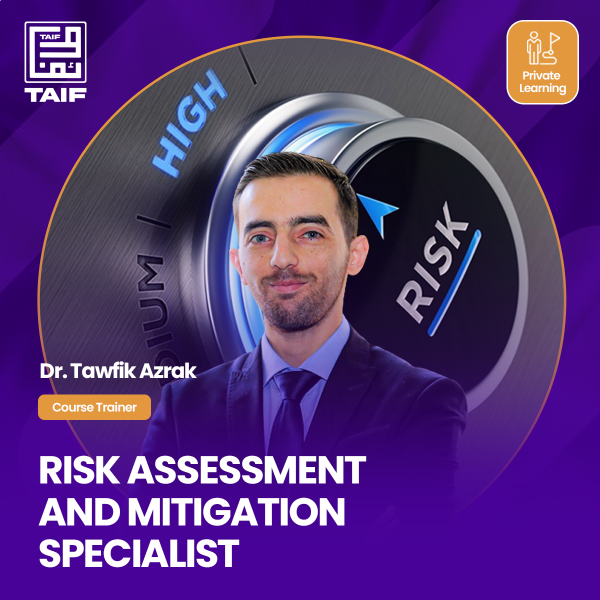Certified Islamic Finance Risk Assessment and Mitigation Specialist (CeIFRAM)

The Islamic Finance industry has been growing rapidly in recent years. Islamic financial system is coming to the forefront as a substitute or an alternative to interest-based banks and has positioned itself in the world especially in Muslim countries by growing rapidly in the last two decades.
In this short course, you will master the fundamentals of Risk Management in Islamic financial institutions.
Courses provided by TAIF are highly interactive and provide an excellent opportunity to expand your networking with other classmates. Exchange ideas with others in your group, develop your vision and learn from the insightful discussions.
Should you have more questions, the TAIF, co-author of the course, will be happy to answer in the comments section.
As with all TAIF courses, Introduction to Islamic finance also has a 30-day no-questions refund policy before the course is accessed, so you do not risk anything. After the completion of the course, students will receive the prestigious TAIF certificate.
